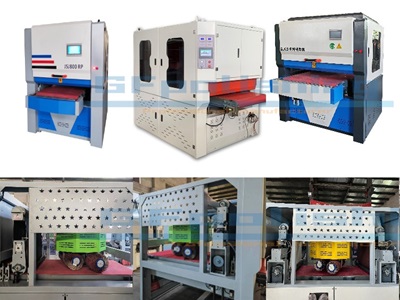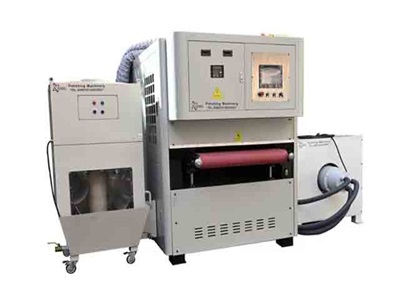In the modern metalworking industry, achieving a high-quality finish on metal components is essential for both functional and aesthetic purposes. Automatic metal polishing machines have emerged as indispensable tools in this regard, offering efficiency, consistency, and precision that manual methods cannot match. However, with a multitude of options available in the market, choosing the right automatic metal polishing machine can be a daunting task. In this comprehensive guide, we’ll explore key considerations to help you navigate the selection process effectively and maximize efficiency in your metal polishing operations.

Before delving into the selection criteria, it’s crucial to grasp the fundamentals of automatic metal polishing machines. These machines are designed to automate the polishing process, utilizing abrasive belts, wheels, or brushes to achieve the desired surface finish on metal workpieces. By replacing manual labor with mechanized systems, they offer advantages such as increased speed, consistency, and repeatability, ultimately leading to higher productivity and improved product quality.
Type of Metal: The first consideration is the type of metal you’ll be polishing. Different metals and alloys have varying properties, hardness levels, and surface characteristics, necessitating specialized polishing techniques and equipment. Ensure that the machine you choose is compatible with the materials you work with.
Size and Shape of Workpieces: Evaluate the size, shape, and geometry of the workpieces you’ll be processing. Choose a machine with appropriate dimensions and configurations to accommodate your parts effectively, minimizing setup times and maximizing throughput.
Polishing Requirements: Determine the specific polishing requirements for your applications, such as surface finish, edge profiling, and dimensional accuracy. Some machines offer adjustable parameters and customizable settings to meet diverse polishing needs, so ensure that the machine’s capabilities align with your requirements.
Automation Features: Assess the automation features offered by different machines, such as programmable controls, automatic tool changers, and integrated measurement systems. Advanced automation capabilities streamline operations, reduce operator intervention, and enhance overall efficiency and consistency.
Speed and Throughput: Consider the speed and throughput requirements of your production process. Select a machine that can achieve the desired production rates while maintaining quality standards. Balancing speed with precision is essential to optimize productivity without compromising on the finished product’s quality.
Maintenance and Serviceability: Evaluate the maintenance requirements and serviceability of potential machines. Look for features such as easy access to components, robust construction, and reliable support from manufacturers or distributors. A machine with minimal downtime and comprehensive support ensures uninterrupted operation and long-term reliability.
Improved Efficiency: By choosing a machine that meets your specific requirements, you can streamline your polishing process and optimize efficiency. Reduced setup times, consistent results, and minimal rework contribute to overall productivity gains and operational efficiency.
Enhanced Quality: The right automatic metal polishing machine delivers consistent and repeatable results, resulting in higher-quality finished products. Uniform surface finishes, precise edge profiling, and dimensional accuracy enhance the aesthetic appeal and functional performance of metal components, satisfying customer expectations and industry standards.
Cost Savings: Investing in the right machine can lead to significant cost savings over time. Reduced labor costs, decreased material wastage, and increased throughput contribute to improved profitability and return on investment. Additionally, efficient polishing processes minimize the need for costly rework and ensure optimal resource utilization.
Versatility and Flexibility: A well-chosen machine offers versatility and flexibility to adapt to changing production demands and diverse workpiece requirements. Modular designs, customizable settings, and adaptive control systems enable versatility in polishing operations, allowing you to tackle a wide range of applications with ease.
Competitive Advantage: Leveraging the efficiency and capabilities of the right automatic metal polishing machine gives your business a competitive edge in the marketplace. Faster turnaround times, consistent quality, and the ability to meet customer demands effectively position your company for success and differentiation in a competitive industry landscape.

Selecting the right automatic metal polishing machine is a critical decision that can significantly impact the efficiency, quality, and competitiveness of your metalworking operations. By carefully considering factors such as metal type, workpiece size, polishing requirements, automation features, speed, maintenance, and serviceability, you can make an informed choice that aligns with your production goals and business objectives. With the right machine in place, you can achieve enhanced efficiency, improved quality, cost savings, versatility, and a competitive advantage, ultimately driving success and profitability in your metal polishing endeavors.
By continuing to use the site you agree to our privacy policy Terms and Conditions.